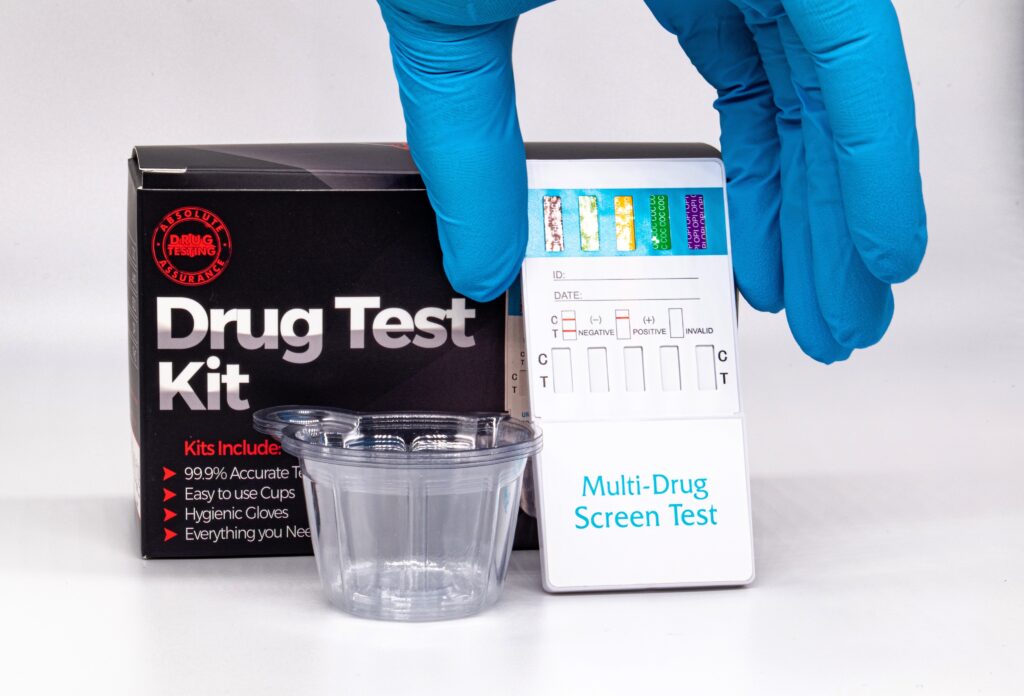Organisations would like to hire the best fit for their vacant positions, but the onboarding process can take several steps. Many employers believe that an applicant’s resume doesn’t provide enough details on their lifestyle and background.
That’s why most companies opt to implement some pre-employment checks. A crucial part of those checks is pre employment drug and alcohol tests. But what is a pre-employment assessment? It’s a process set up to help the employer to safeguard their workplace safety, which would, in turn, boost productivity and strengthen the company.
Beyond the organisational benefits, there are other things to note, especially if you’re about to take the test for the first time. What purpose does a typical drug and alcohol test serve?
In this article, we mention four tips that could help you to undergo a regular pre-employment drug and alcohol test without a hitch.
- Alcohol and Drug Tests are Contiguous
Employers use pre-employment alcohol and drug tests to determine if prospective talents abuse medication and alcohol. The company will want to know if you’re sober before taking the position. They also want to know that you’ll stay sober while on the job. As an example, check out the Drug Screening Plus Lafayette, LA testing standards to understand what substances employers commonly test for.
That’s why alcohol and drug tests are contiguous for some organisations. Employers may call for tests when you return to work after a leave or at any other time during your employment.
- The Tests Are In Phases
Some of the alcohol and drug tests you might have to take would be in phases. It means that you don’t get the test results on the spot, and several factors determine the outcome. Each test phase gets picked by the nature of the substance tested, the job position in question and the discretion of the professional test administrators.
Typically, the first phase of the test is to check for the absence or presence of the highlighted substance. Most organizations refer to the first phase as the “screening phase”. Then, the results from the first phase get reviewed in the second phase. At that point, a medical review handles the process.
The third phase is when the company receives the results and shares them with the applicants who took them.

- There Are Several Test Methods
Employers can collect test samples for a drug and alcohol test in various ways. The standard methods in international workplaces are urine, hair, blood and saliva tests. Other options could include a respirator fit test with breath samples.
Urine tests are most common in the first test phases of many alcohol and drug tests. That’s because they’re more suitable for random sample collections. Also, they provide the necessary information as to whether you’ve recently had some alcohol or drugs.
On the other hand, hair and blood tests often give much deeper results, detecting alcohol and drug traces in the body for three months. Companies only demand hair and blood tests on rare occasions.
- You Could Sue An Organization Over a Drug Test
Pre employment functional assessment laws exist to protect employees and applicants against unfair drug test practices. Ideally, they enable you to seek legal redress against an organisation if you feel slighted or harmed by their drug testing process.
For instance, a company could get sued for discrimination if their drug and alcohol tests target a specific gender, age group or sexual orientation. You could also take the employer to court for invasion of privacy, defamation or disability discrimination, as the case may be during a drug test.
Bottom Line
Pre-employment drug and alcohol testing are sometimes necessary for some workplace, partly due to the nature of the job or the overall company’s policies. However, it’s crucial to prepare and have the essential information without complications.
The above tips could help you to understand the aims and expectations to have when it comes to a typical pre-employment drug and alcohol test.
















